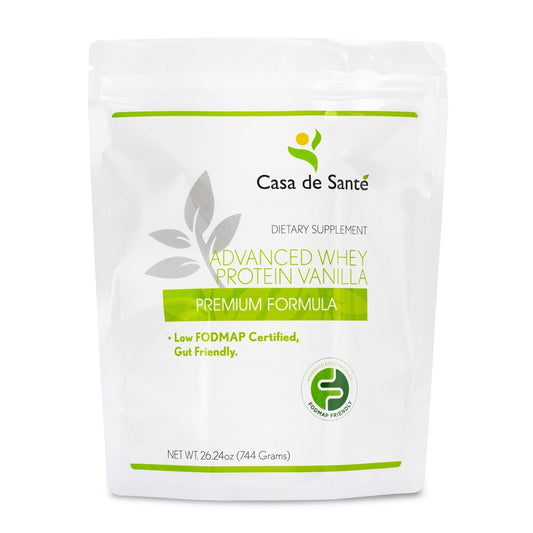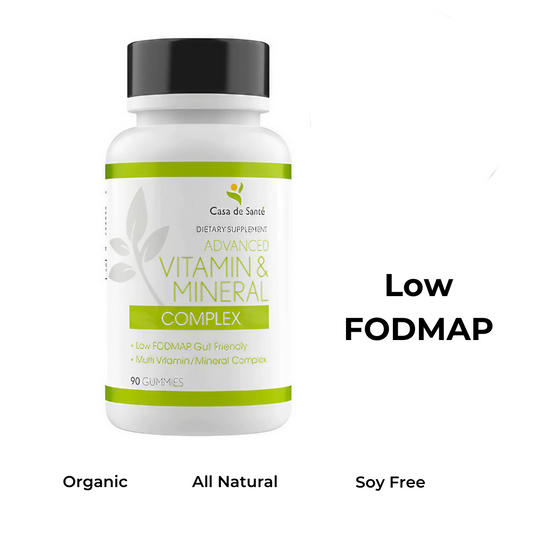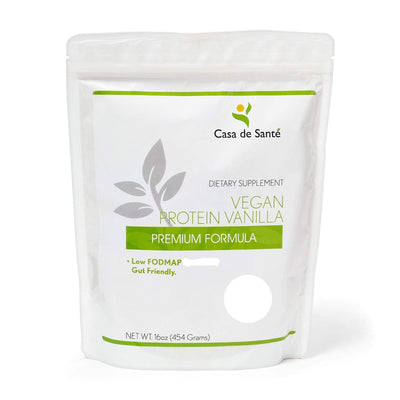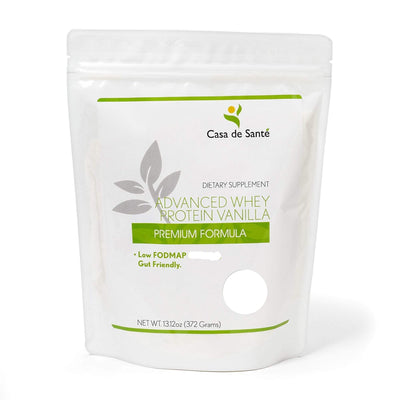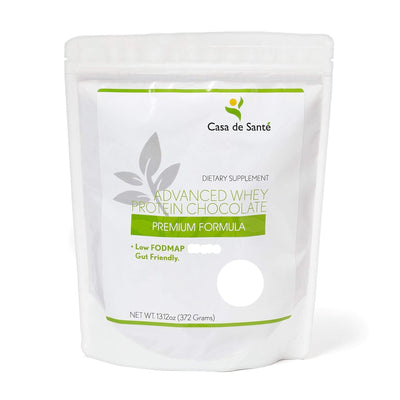Is Carmine Paleo
Is Carmine Paleo
The Paleo diet has gained significant popularity in recent years, as people seek to follow a diet that mirrors the eating habits of our ancestors from the Paleolithic era. This way of eating focuses on consuming whole, unprocessed foods that were readily available to early humans. It excludes modern processed foods, grains, legumes, and dairy.
Understanding the Paleo Diet
The Paleo diet is based on the belief that our bodies are better adapted to the foods our ancestors ate thousands of years ago. It promotes the consumption of lean meats, fish, fruits, vegetables, nuts, and seeds. The diet encourages individuals to eliminate processed foods, grains, legumes, and dairy products, as they were not part of our ancestors' diet.
When following the Paleo diet, individuals focus on eating whole, unprocessed foods. This means avoiding packaged and processed foods that are often filled with additives, preservatives, and artificial ingredients. By choosing whole foods, individuals can ensure that they are getting the most nutrients from their diet.
Key Principles of the Paleo Diet
The Paleo diet is centered around several key principles:
- Eating whole, unprocessed foods: By focusing on whole foods, individuals can maximize their nutrient intake and avoid the negative effects of processed foods.
- Consuming lean meats, fish, fruits, vegetables, nuts, and seeds: These foods provide a wide range of essential nutrients, including protein, healthy fats, vitamins, and minerals.
- Avoiding grains, legumes, and dairy products: The Paleo diet excludes grains such as wheat, rice, and corn, as well as legumes like beans and lentils. Dairy products are also eliminated, as they were not consumed by our ancestors.
By following these principles, individuals can create a balanced and nutritious diet that supports their overall health and well-being.
Common Foods in the Paleo Diet
Some common foods in the Paleo diet include:
- Grass-fed beef: This type of beef comes from cows that have been raised on a natural diet of grass, resulting in meat that is leaner and higher in omega-3 fatty acids.
- Wild-caught fish: Fish such as salmon, trout, and sardines are rich in omega-3 fatty acids, which have been linked to numerous health benefits, including reduced inflammation and improved heart health.
- Free-range poultry: Poultry that is raised in free-range conditions tends to have a higher nutrient content and lower levels of harmful substances compared to conventionally raised poultry.
- Organic fruits and vegetables: Choosing organic produce ensures that you are avoiding pesticides and other chemicals that can be present in conventionally grown fruits and vegetables.
- Nuts and seeds: These are excellent sources of healthy fats, protein, and fiber. They can be enjoyed as snacks or added to meals for extra nutrition.
By incorporating these foods into their diet, individuals following the Paleo diet can enjoy a wide variety of delicious and nutritious meals.
What is Carmine?
Carmine, also known as carmine cochineal or cochineal extract, is a red pigment derived from the cochineal insect. It has been used for centuries to produce a vibrant red color in various food and cosmetic products.
Carmine is a fascinating natural dye that has a rich history dating back centuries. Its origins can be traced to the bodies of female cochineal insects, which are native to Central and South America. These tiny insects, about the size of a grain of rice, feed on cactus plants and have been harvested by hand for generations.
The process of obtaining carmine is quite intricate. Once the insects have been carefully collected, they are dried and crushed to extract a deep red dye. This dye, known as carmine, is highly concentrated and can be used to create a wide range of vibrant shades.
Origins and Production of Carmine
Carmine is derived from the bodies of female cochineal insects, which are native to Central and South America. These insects feed on cactus plants and are harvested by hand. The insects are then dried and crushed to produce a red dye, which is used to create carmine.
The history of carmine production is deeply intertwined with the cultures of the regions where the cochineal insects thrive. Indigenous communities in Central and South America have long recognized the value of these insects and their vibrant red dye. They have developed intricate techniques and knowledge passed down through generations to harvest and process the cochineal insects.
Once the insects have been collected, they are carefully dried to preserve their vibrant red color. This drying process can take several days and requires a delicate balance of temperature and humidity. After drying, the insects are crushed to extract the carmine dye. The resulting powder is then carefully packaged and shipped to various industries around the world.
Common Uses of Carmine
Carmine is widely used as a natural food coloring in various products, including beverages, dairy products, candies, baked goods, and confectionery. Its vibrant red hue adds a visually appealing touch to these items, making them more enticing and appealing to consumers.
In addition to its use in the food industry, carmine is also a popular ingredient in cosmetics. It is commonly found in lipsticks, blushes, and eyeshadows, where it provides a striking red color. The use of carmine in cosmetics dates back centuries, with historical records indicating its presence in ancient civilizations.
One of the reasons carmine is favored in the cosmetic industry is its ability to create a wide range of shades. By adjusting the concentration of carmine, cosmetic manufacturers can achieve different intensities of red, ranging from subtle pinks to bold and vibrant reds.
It is worth noting that carmine is considered a natural dye, which appeals to consumers who prefer products with minimal synthetic ingredients. Its use in both the food and cosmetic industries highlights its versatility and widespread acceptance as a safe and effective coloring agent.
Nutritional Profile of Carmine
While carmine is primarily used as a food coloring and not consumed in large quantities, it does contain some nutrients. It is a source of protein, vitamins, and minerals, including calcium and iron.
In addition to its role as a food coloring, carmine has a fascinating history. It is derived from the cochineal insect, specifically the female Dactylopius coccus. These insects are native to South America and have been used for centuries by indigenous communities for various purposes, including dyeing textiles and as a natural pigment for artwork.
The process of extracting carmine from the cochineal insects is quite intricate. The insects are carefully harvested from cactus plants, where they feed on the sap. Once collected, they are dried and crushed to obtain a vibrant red pigment. This pigment is then further processed to create carmine, which is used in a wide range of food and cosmetic products.
Health Benefits of Carmine
As carmine is primarily used as a food coloring, it does not offer significant health benefits on its own. However, it is derived from natural sources and does not contain artificial additives.
Interestingly, carmine has been used in traditional medicine for its potential medicinal properties. Some studies suggest that carmine may possess antioxidant and anti-inflammatory effects. However, further research is needed to fully understand the potential health benefits of carmine.
It is worth noting that carmine is not a vegan-friendly ingredient, as it is derived from insects. Therefore, individuals following a vegan lifestyle may choose to avoid products that contain carmine.
Potential Risks and Side Effects
Some individuals may be allergic to carmine and experience adverse reactions. These reactions can range from mild symptoms, such as hives or itching, to more severe allergic reactions. It is important to read product labels carefully and be aware of potential allergens.
In addition to potential allergies, there have been rare cases of carmine causing gastrointestinal discomfort in some individuals. These symptoms may include nausea, stomach cramps, or diarrhea. If you experience any of these symptoms after consuming products containing carmine, it is advisable to consult a healthcare professional.
Furthermore, it is essential to note that carmine is subject to strict regulations and safety assessments by regulatory authorities, such as the Food and Drug Administration (FDA) in the United States. These assessments ensure that carmine is safe for consumption within specified limits.
In conclusion, carmine is a natural food coloring derived from the cochineal insect. While it does not provide significant health benefits, it is an interesting ingredient with a rich history. As with any food additive, it is important to be aware of potential allergies and consume carmine within recommended limits.
Carmine in the Context of Paleo Diet
When it comes to determining whether carmine is considered Paleo-friendly, opinions among Paleo diet followers may vary. Carmine, a red pigment derived from the cochineal insect, has been used as a natural food coloring for centuries. However, its inclusion in the Paleo diet raises questions about its compatibility with the principles of this ancestral eating approach.
Evaluating Carmine's Compatibility with Paleo Principles
From a strict Paleo perspective, carmine may not be considered compliant with the diet's principles. The Paleo diet aims to mimic the eating patterns of our Paleolithic ancestors, who primarily consumed whole, unprocessed foods. While carmine is derived from a natural source, it is a processed ingredient that would not have been available to early humans.
Furthermore, some argue that the consumption of carmine contradicts the Paleo diet's emphasis on avoiding additives and artificial ingredients. Although carmine is derived from a natural source, it undergoes a complex extraction process that involves boiling the insects and extracting the color from their bodies. This process raises concerns about whether carmine can truly be classified as a "whole food" in the context of the Paleo diet.
Paleo Diet Experts' Opinions on Carmine
Paleo diet experts have different opinions on the inclusion of carmine in the Paleo diet. Some argue that because carmine is derived from a natural source and does not contain artificial additives, it can be consumed in moderation as part of a balanced Paleo diet. They believe that the small amount of carmine used as a food coloring is unlikely to have a significant impact on overall health and can be considered a minor deviation from strict Paleo guidelines.
On the other hand, opponents of carmine's inclusion in the Paleo diet argue that since carmine is a processed ingredient, it goes against the core principles of the Paleo diet. They believe that the focus should be on consuming whole, unprocessed foods that our ancestors would have had access to, rather than incorporating processed additives like carmine.
It is important to note that the decision to include or exclude carmine from the Paleo diet ultimately depends on an individual's personal interpretation of the diet's principles. Some may choose to avoid carmine altogether, while others may be more lenient in their approach. As with any dietary choice, it is essential to consider individual health goals, preferences, and sensitivities when making decisions about food consumption within the context of the Paleo diet.
Alternatives to Carmine for Paleo Dieters
If you follow the Paleo diet and prefer to avoid carmine, there are alternative natural food colorings that can provide similar shades without compromising your dietary choices.
Natural Food Colorings Compatible with Paleo
Some natural food colorings that are considered Paleo-friendly include:
- Beet juice
- Turmeric
- Spirulina powder
- Annatto extract
Tips for Avoiding Carmine in Your Diet
If you are looking to avoid carmine in your diet, it is essential to carefully read ingredient labels. Look for alternative natural colorings or seek out products that specifically state they are carmine-free. Additionally, preparing homemade meals using fresh, whole ingredients allows you to maintain control over the ingredients used and ensure carmine-free options.
In conclusion, whether carmine is considered Paleo-friendly is a topic of debate within the Paleo community. While carmine is derived from a natural source, it is a processed ingredient that would not have been consumed by our ancestors. Paleo diet followers may choose to avoid carmine and opt for alternative natural food colorings to align with their dietary choices.








